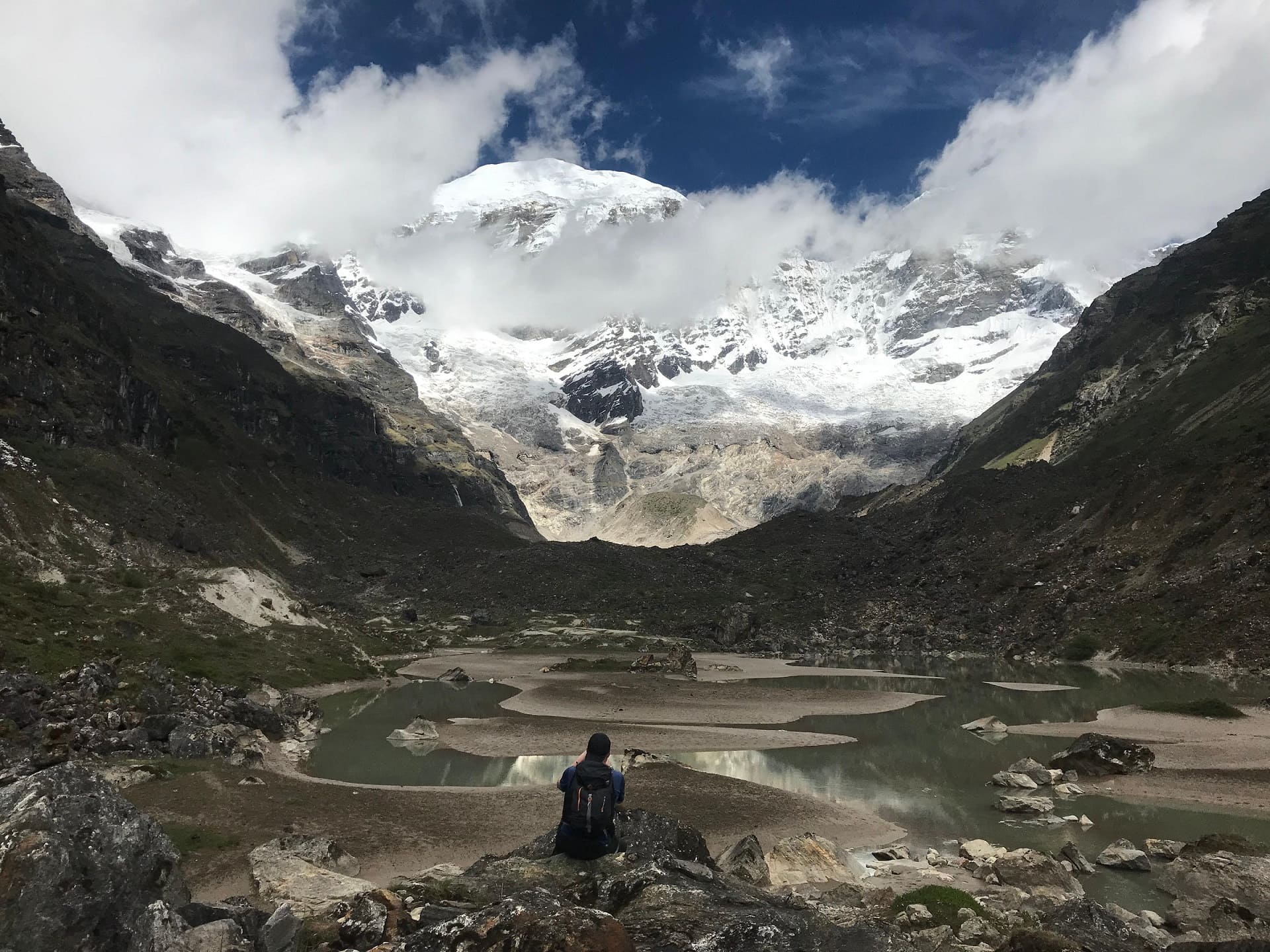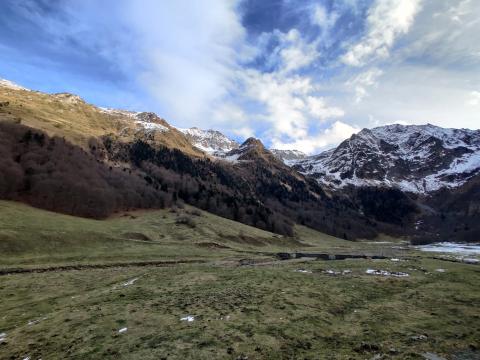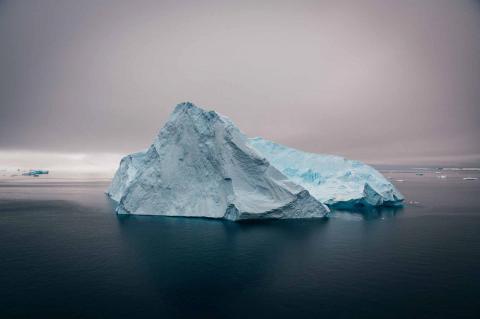Reaction: Research estimates 15 million people at risk from glacial lake outburst floods
As rising temperatures melt glaciers, meltwater can accumulate and form lakes nearby. These bodies of water represent a natural hazard because of the floods they cause if they overflow. Researchers have estimated that 15 million people are at risk from these floods, and more than half of them live in just four countries: India, Pakistan, Peru and China. The research is published in Nature Communications.

View of the natural dam and glacial lake at the foot of Jomolhari, Bhutan. Credit: J. Rachel Carr.
Ernesto Rodríguez Camino - lagos glaciares EN
Ernesto Rodríguez Camino
Senior State Meteorologist and president of Spanish Meteorological Association
One of the best known and documented consequences of current climate change is the gradual and widespread reduction of glacier lengths and glacier masses. Glacier melt is a very visible indicator of climate change and is often measurable even on annual scales. The melt water can accumulate, if the morphology of the terrain is favourable, in the form of glacial lakes. The number and size of these lakes has grown appreciably and, in parallel with the generalised melting of the glaciers, in many cases they are unstable formations with serious risks of flooding due to sudden overflows that can affect the growing population and infrastructures that have been established downstream of them.
This work is the first attempt to estimate globally and with a unified methodology the magnitude of the problem, as well as to identify the most affected and vulnerable areas. The authors quantify the total number of people at risk of glacial lake outburst floods at 15 million, with more than half of those potentially affected concentrated in just four countries: India, Pakistan, Peru and China. This quantification of the problem - and the trends over recent decades in the number, surface area and volume of glacial lakes - also makes it possible to monitor its evolution in parallel with the rise in global temperature.
The work shows us an aspect of widespread glacier melting that has not been given particular attention until now. Much of the work and research has focused on the issue of water resources and the risk of a serious reduction in the regulating role of glaciers.
Caroline Taylor et al.
- Research article
- Peer reviewed
- Modelling



